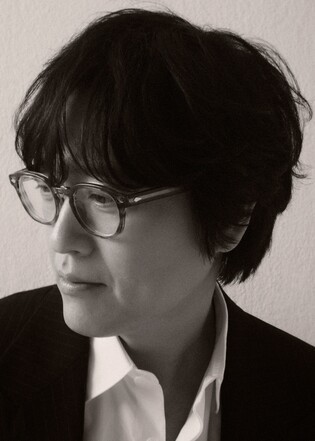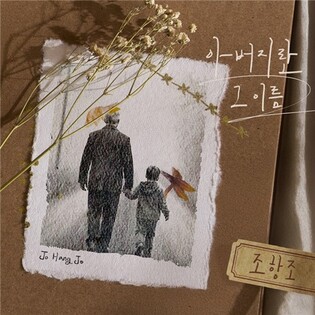 |
| ▲ This photo, released by North Korea's official Korean Central News Agency (KCNA) on Jan. 25, 2024, shows the North's launch of a Pulhwasal-3-31, a new type of strategic cruise missile under development, the previous day. The North's Missile Administration conducted the first test-fire of the missile as part of "regular and obligatory" activities to develop powerful weapons systems, the KCNA said. (For Use Only in the Republic of Korea. No Redistribution) (Yonhap) |
(2nd LD) N Korea-missile launch
(2nd LD) N. Korea fires several cruise missiles from its east coast: JCS
(ATTN: UPDATES with ruling party condemnation in last 5 paras)
SEOUL, Jan. 28 (Yonhap) -- North Korea fired several cruise missiles from its east coast on Sunday, the South Korean military said, days after Pyongyang test-fired new strategic cruise missiles from the west coast.
The Joint Chiefs of Staff (JCS) said the North's launch took place around 8 a.m. in waters off Sinpo Port, but did not elaborate, citing an ongoing analysis.
"While strengthening our monitoring and vigilance, our military has been closely coordinating with the United States to monitor additional signs of North Korea's provocations," the JCS said in a text message sent to reporters.
It marks the North's second cruise missile launch this year after it test-fired strategic cruise missiles, named Pulhwasal-3-31, toward the Yellow Sea on Wednesday.
Experts said the Pulhwasal-3-31 appears to be a nuclear-capable cruise missile, considering that the number in its name is identical to that of the Hwasan-31, a tactical nuclear warhead that North Korea first unveiled in March 2023.
The North first test-fired the Hawsal-1 cruise missile in September 2021 and launched several Hwasal-1 and -2 cruise missiles presumed to be capable of carrying tactical nuclear weapons last year.
Hwasal means an arrow in Korean, and Pulhwasal means a fire arrow. Cruise missiles fly low and maneuver, making them better at evading missile defenses.
The launch of a cruise missile is not a direct violation of multiple United Nations Security Council resolutions banning the North's use of ballistic missile technology. But it could pose a serious threat to South Korea's security as nuclear warheads can be mounted on such missiles.
North Korea has dialed up tensions on the Korean Peninsula with weapons tests and harsh rhetoric in an election year for South Korea and the United States.
North launched a solid-fuel hypersonic missile into the East Sea on Jan. 14 in its first missile firing this year.
Pyongyang also claimed it had tested an underwater nuclear attack drone in protest of the latest joint military drills among South Korea, the U.S. and Japan earlier this month.
The ruling People Power Party (PPP) "strongly" condemned Sunday's missile launches as aimed at escalating tensions in the run-up to the upcoming parliamentary elections in April.
"As the April general elections approach, the frequency and type of North Korea's provocations are getting shorter and more varied," Jung Kwang-jae, a PPP spokesman, said in a release.
North Korea has a track record of staging provocations ahead of South Korean elections.
In the months before South Korea's parliamentary elections in April 2016, North Korea carried out a series of provocations, including its fourth nuclear test in January and the launch of a long-range missile in February.
In 2020, North Korea fired short-range ballistic missiles on four occasions in March alone, just weeks before South Koreans went to the polls to elect lawmakers in April.
(END)
<저작권자(c) 연합뉴스, 무단 전재-재배포, AI 학습 및 활용 금지>
(C) Yonhap News Agency. All Rights Reserved




















![[가요소식] 조항조, 새 싱글](/news/data/20251116/yna1065624915927473_582_h2.jpg)










